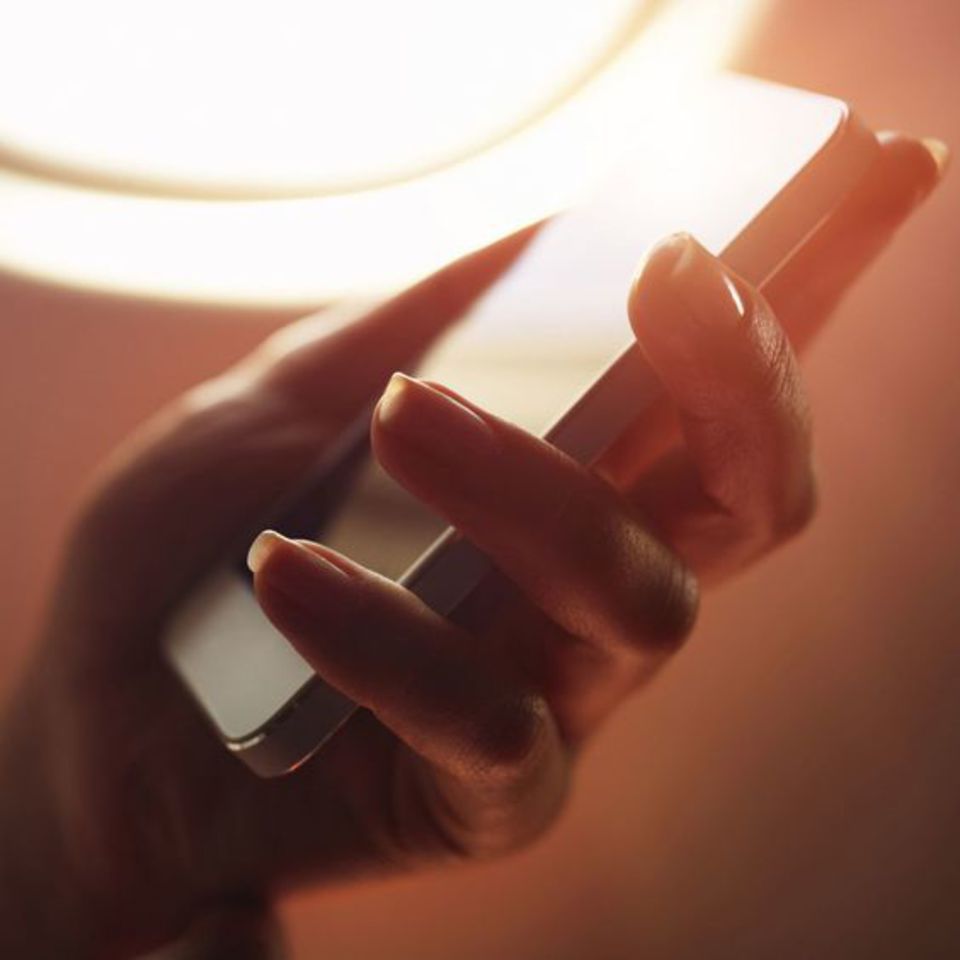Why can’t I use my phone during take-off and landing?
Anyone who has flown on a plane would be aware that their even before the flight has taken off there will be an announcement asking passengers to turn off devices or put them on to Airplane Mode. Why?
When you make or receive a call, your phone looks for the closest cell tower to connect to. That means your calls may interfere with cell towers on the ground and could even interfere with a plane’s systems. This sort of radio pollution may be problematic especially if, say, 100 passengers’ phones were all busy looking for a connection.
So what would happen if you kept your phone’s cellular functions on 30,000 feet?
Probably nothing. To date no incident has ever been recorded of any phone signal related mishaps even though pilots who have witnessed malfunctioning gauges have placed their suspicious gaze on phone signals. Still airlines and the Federal Aviation Administration (FAA) prefer to err on the better-safe-than-sorry side as there is a tiny risk.
A mobile phone’s potential to interfere does not just exist when it is being used, but also when it is idle. That’s why flight attendants ask that Airplane Mode be activated immediately even if passengers don’t intend to use their phone.
In any case, turning on Airplane Mode will disable the cellular signal on smartphones and mobile-data-enabled tablets but leave other facilities like listening to music, reading, game- playing available to use.
If the airline offers in-flight Wi-Fi – which is becoming commonplace – you will be able to go online to check emails and browse the web.
A matter of etiquette
Wi-fi calls are of course entirely possible. The ability to make a phone call at 3,500 ft has been around since 2008. But who wants to sit next to someone jabbering away on their phone? Or be on a plane full of people yapping away. Can you imagine the noise and how irritating that would be?
